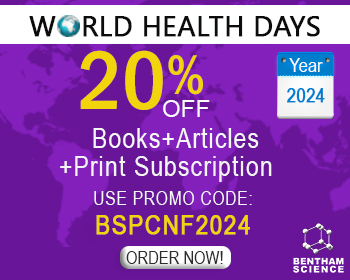Abstract
Recent evidence from experimental and clinical studies links the development of intratumoral hypoxia and oxidative stress with malignant progression. Cellular adaptation induced by these environmental stresses is also associated with the emergence of drug resistant populations. This adaptation is most likely a multifactorial process involving coordination of various stress-induced signaling pathways, including those regulated by hypoxia-inducible factor-1 (HIF-1) and nuclear factor κB (NF-κB) together with their downstream targets linked to resistance mechanisms. Experimental data suggest that treatment of human cancer cells with nitric oxide (NO) and NO mimetic agents can effectively restore the sensitivity of resistant populations to the cytotoxic effects of chemotherapeutics both in vitro and in vivo. Furthermore, preliminary results from Phase II clinical trials evaluating NO as an adjuvant to chemotherapy are promising. The present review highlights the significance of intratumoral hypoxia and oxidative stress in the emergence of multidrug resistance, and summarizes the latest data demonstrating the chemosensitizing ability of NO. To date, the specific mechanisms through which NO restores sensitivity to anticancer agents are not clearly understood. However, the data suggest that chemosensitization is likely to involve NO-mediated activities associated with both prevention and inhibition of cellular drug resistance mechanisms. Potential mechanisms contributing to the chemosensitizing activity of NO include vascular changes that promote increased blood delivery and tumor oxygenation, antioxidant effects and down-regulation of the glutathione detoxification/redox buffering system, inhibition of key transcription factors such as HIF-1 and NF-κB, as well as inhibition of drug efflux transporters and DNA repair enzymes.
Keywords: Hypoxia, oxidative stress, nitric oxide, drug resistance, chemosensitization

























